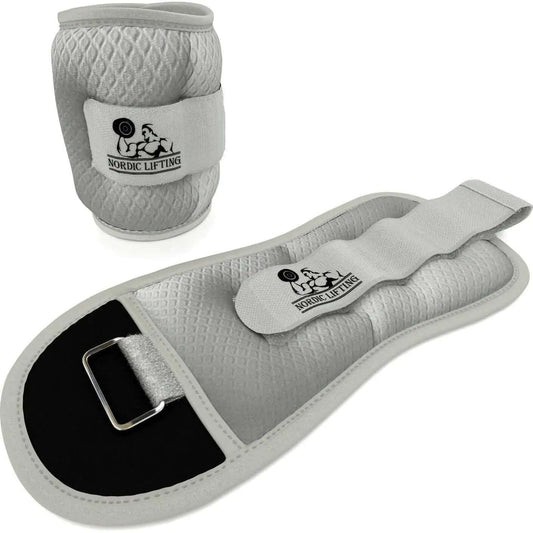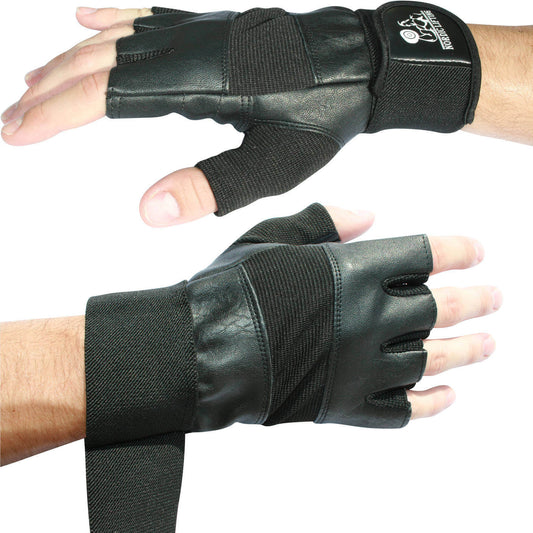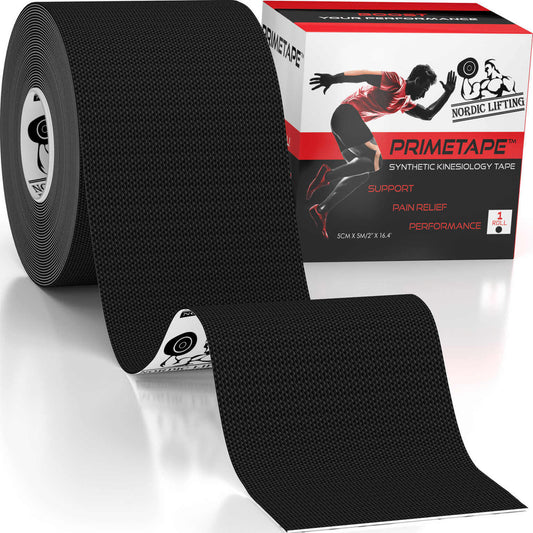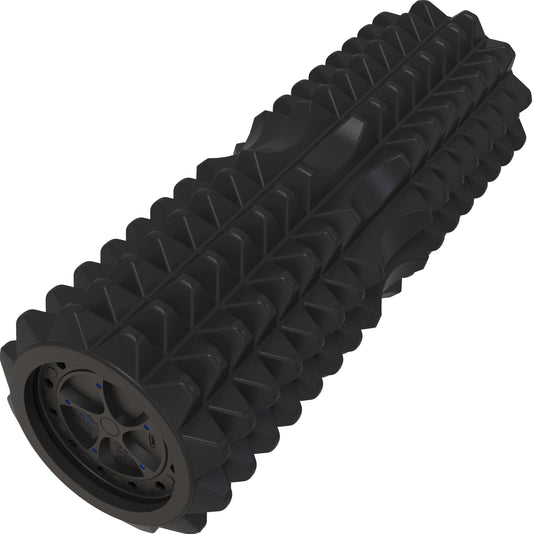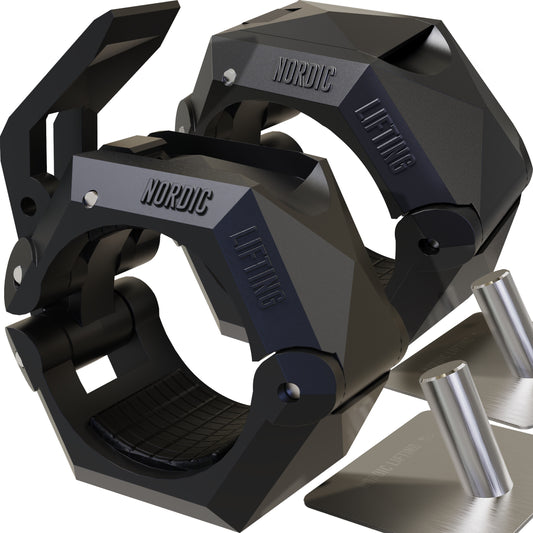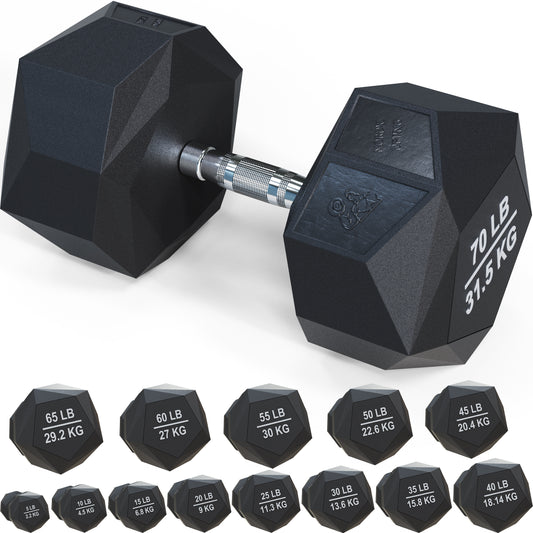Last Updated: February 7, 2025
Many people feel uncertain about starting their fitness journey at the gym. This guide will provide beginners with essential tips to build confidence and create effective routines. Understanding how to properly execute exercises, manage nutrition, and prioritize recovery are key steps in building a successful gym habit.
Getting started does not have to be overwhelming. With the right information, beginners can easily conquer gym anxiety and learn to enjoy their workouts. The right approach can make all the difference, ensuring that each visit to the gym brings them closer to their goals.
To help simplify this process, this post will cover fundamental exercise techniques, effective nutrition strategies, and answers to common questions. By the end, beginners will possess a clear path for their gym journey.
Key Takeaways
- Beginners can boost their confidence with the right techniques and routines.
- Proper nutrition and recovery are crucial for progress and health.
- Understanding exercise execution leads to safer and more effective workouts.
Getting Started with Gym Workouts
Starting a gym journey can be exciting yet overwhelming. A solid understanding of gym equipment, workout routines, and essential tips can greatly enhance a beginner's experience.
Understanding Gym Equipment
Beginners should familiarize themselves with different types of gym equipment. Here are some basic categories:
- Free Weights: This includes dumbbells and barbells. They are great for strength training as they engage various muscle groups.
- Gym Machines: Machines like the chest press and leg press are user-friendly and offer guided movements, making them ideal for beginners.
- Cardio Machines: Options like treadmills, rowing machines, and exercise bikes improve cardiovascular health. These machines help in warming up and burning calories.
Knowing the purpose and proper usage of each machine ensures safety and effectiveness.
Developing Your Workout Routine
A structured workout routine keeps beginners focused. Popular formats include:
- Full-Body Split: Perfect for those training three times a week. This routine targets all muscle groups in each session.
- Upper-Lower Split: This one involves alternating days focusing on upper and lower body workouts.
- Push/Pull/Legs: A more advanced split that divides workouts into pushing muscles, pulling muscles, and legs.
A well-rounded gym workout plan for beginners should incorporate a mix of strength training and cardio. Gradually increasing the weight and intensity promotes progressive overload, which helps in making consistent progress.
Essential Gym Tips
To make the most of a gym experience, beginners should keep these tips in mind:
- Warm-Up: Always start with a warm-up session to prepare the body and prevent injuries.
- Stretching: This is vital both pre-and post-workout for enhanced flexibility and recovery.
- Rest Days: Scheduling rest days prevents overtraining. Recovery is crucial for muscle growth.
- Add Weight: Gradually increase weights as strength improves. This helps maintain progress.

Fundamentals of Exercise Execution
Understanding how to perform exercises correctly is vital for beginners. Proper execution enhances safety, maximizes effectiveness, and promotes muscle growth. This section covers essential techniques for both compound and isolation movements, as well as strategies for structured training to ensure consistent progress.
Techniques for Major Compound Movements
Compound movements involve multiple joints and muscle groups. Key exercises include squats, deadlifts, and bench presses. Correct form is crucial.
-
Squats: Feet should be shoulder-width apart. Keep the back straight and engage the core. Lower until the thighs are parallel to the ground.
-
Deadlifts: Start with feet hip-width apart. Grip the bar outside the knees. Keep the back flat and lift by pushing through the heels.
-
Bench Press: Lie flat with feet on the ground. Grip the bar slightly wider than shoulder-width. Lower the bar to the chest, and push back up while keeping wrists straight.
Proper technique reduces the risk of injury and allows for effective strength training progression.
Isolation Movements for Muscle Targeting
Isolation exercises focus on specific muscles, allowing for targeted development. Examples include bicep curls, triceps pushdowns, and leg extensions.
-
Bicep Curl: Stand with feet shoulder-width apart. Keep elbows close to the body and curl the weights towards the shoulders. Control the movement on the way down.
-
Triceps Pushdown: Use a cable machine. Stand close and pull the handle down with elbows at the sides. Focus on squeezing the triceps at the bottom.
-
Leg Extension: Sit on the machine with the pad on the shins. Extend the legs until straight, then slowly lower back down.
These exercises help in muscle building and achieving hypertrophy while targeting specific areas like the arms and legs.
Structured Training for Progress
Structured training involves planned sets and reps to promote consistent strength gains. Tracking progress is essential.
-
Sets and Reps: Beginners should start with 2-3 sets of 8-12 repetitions for most exercises. This range helps build endurance and strength.
-
Progression: Gradually add weight as strength improves. Aiming for small increases (2.5-5 pounds) can make a significant difference over time.
-
Training Volume: Ensure a balanced mix of upper and lower body workouts. Incorporate both compound and isolation movements for well-rounded development.
Nutrition and Recovery
Nutrition plays a vital role in muscle recovery and progress when starting a gym routine. Focusing on diet and understanding the importance of rest can enhance both muscle building and fat loss.
Diet for Muscle Growth and Fat Loss
A balanced diet is essential for beginners aiming to build muscle and lose fat. Lean proteins are crucial, as they provide the building blocks needed for muscle repair. Options such as chicken, turkey, fish, and legumes help support this process.
Carbohydrates are equally important. They fuel workouts and replenish energy stores after exercise. Whole grains, fruits, and vegetables should be included in daily meals.
Key nutrients to focus on:
- Protein: Aim for 20-30 grams post-workout.
- Healthy fats: Include sources like avocados and nuts for overall health.
- Hydration: Drink plenty of water to aid digestion and recovery.
Creating a calorie deficit can help with fat loss, but it's important to avoid extreme restrictions. Eating a well-rounded diet ensures proper nutrient intake to support overall fitness goals.
Importance of Rest and Active Recovery
For beginners, rest days are essential to allow muscles to recover and grow. During this time, muscle fibers repair, leading to increased strength and size. Ignoring rest can lead to fatigue, injury, and hindered progress.
Active recovery plays a key role as well. Light activities such as walking, yoga, or stretching can promote blood flow and speed up recovery. These activities help reduce soreness and maintain mobility without straining the body.
Best practices for active recovery:
- Schedule at least one or two rest days per week.
- Incorporate stretching routines to improve flexibility.
- Use foam rollers to alleviate muscle tension.
Frequently Asked Questions
Many beginners have specific questions about starting their gym journey. These include what workout routines to follow, how to get started, and tips for staying motivated.
What is the best gym routine for beginners?
A beginner should focus on a balanced routine that includes cardio, strength training, and flexibility exercises. This can involve alternating between workouts that target different muscle groups. Starting with full-body workouts three times a week is effective.
How should a beginner start their workout journey at the gym?
Beginners should begin by setting realistic goals and familiarizing themselves with gym equipment. Taking a few sessions with a personal trainer can be helpful. Starting with short workouts, about 30 minutes, allows the body to adapt to new exercises.
What is an effective weight lifting routine for beginners?
An effective weight lifting routine includes compound movements like squats, deadlifts, and bench presses. Beginners should aim for 2-3 sets of 8-12 repetitions for each exercise. It's important to start with lighter weights to master form before increasing the weight.
Can you suggest a simple 7-day gym workout plan for beginners?
A simple 7-day plan could look like this:
- Day 1: Full-body workout
- Day 2: Cardio (30 minutes)
- Day 3: Upper body strength
- Day 4: Cardio (30 minutes)
- Day 5: Lower body strength
- Day 6: Active rest (yoga or light walking)
- Day 7: Full-body workout
What are the key differences in gym workouts for beginners between males and females?
Males and females may have different focuses in their training. Males often aim for strength gains, while females may prioritize toning and endurance. However, any beginner can benefit from a balanced routine tailored to their goals, regardless of gender.
How can beginners stay motivated and consistent in their gym routine?
Beginners can stay motivated by tracking their progress and celebrating small achievements. Joining a workout class or finding a gym buddy can enhance accountability. Setting specific goals and keeping a workout schedule also helps maintain consistency.







